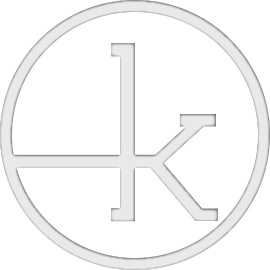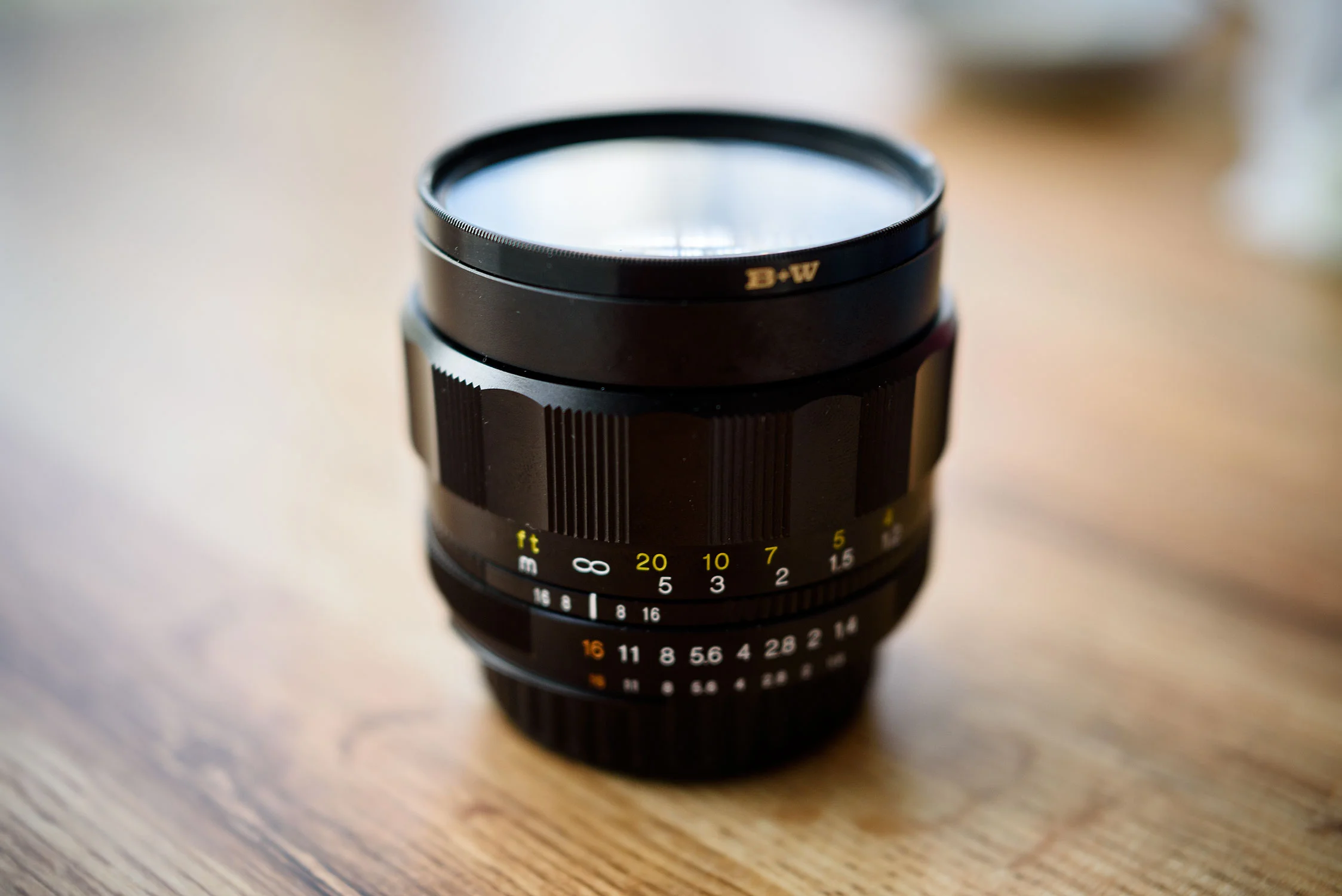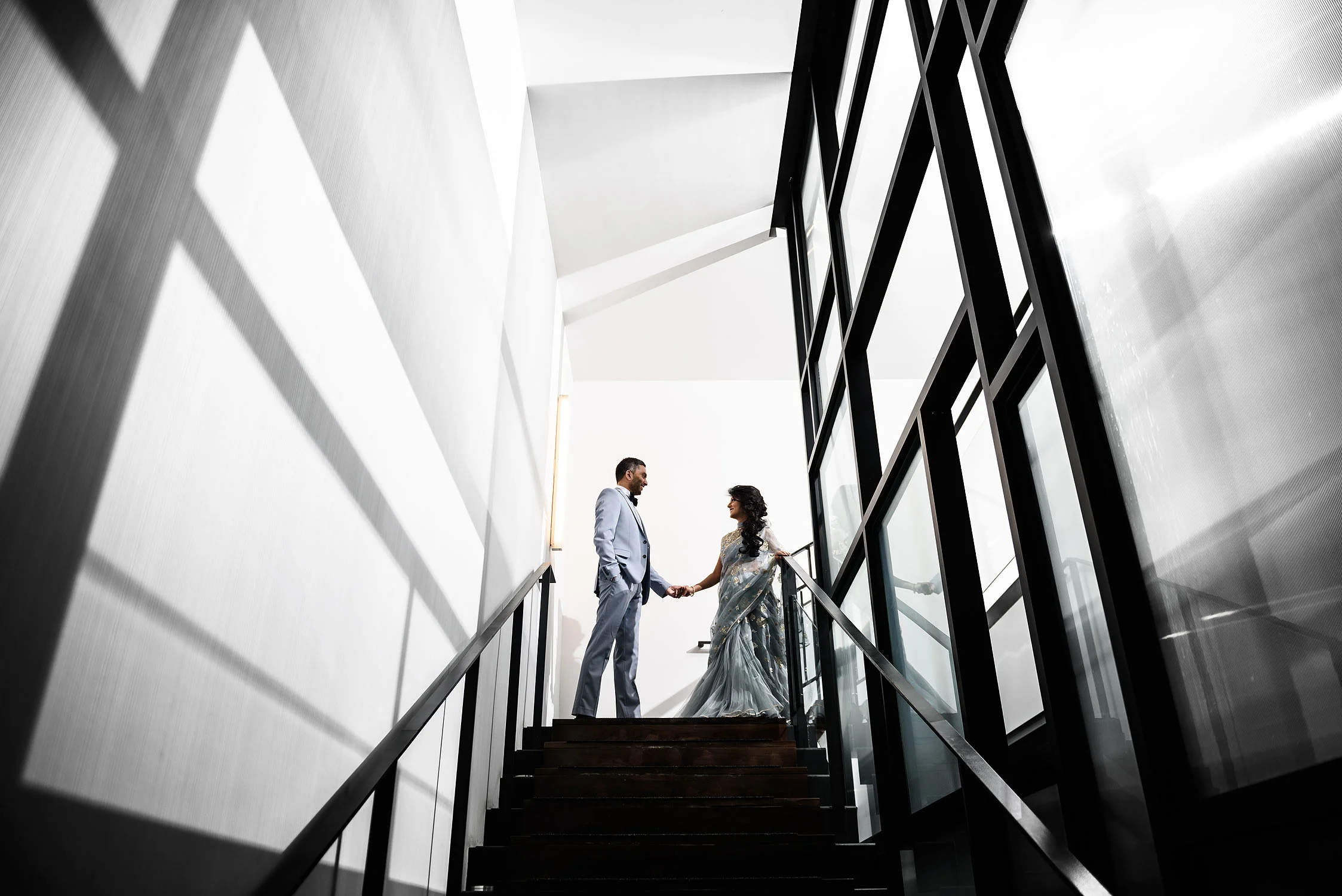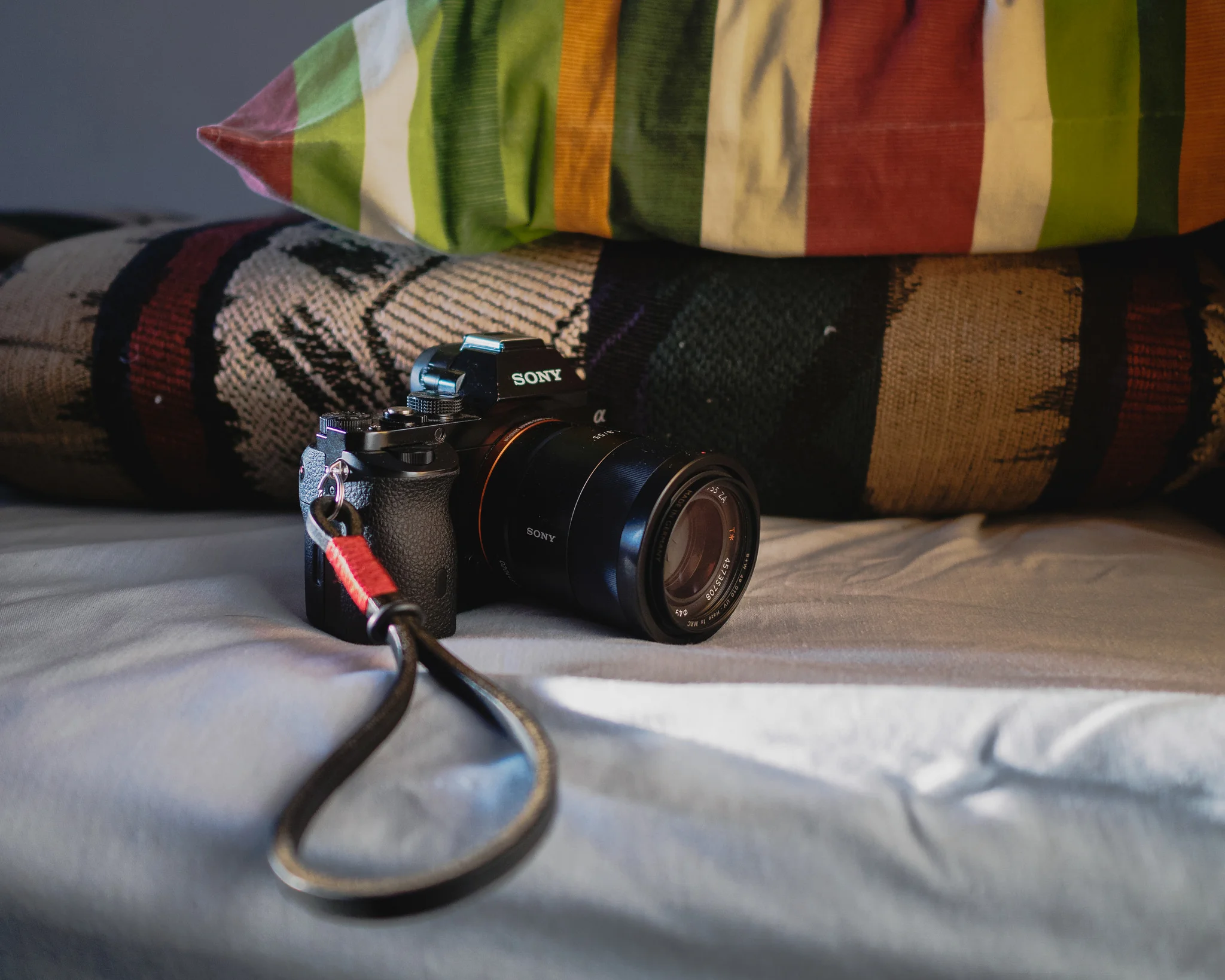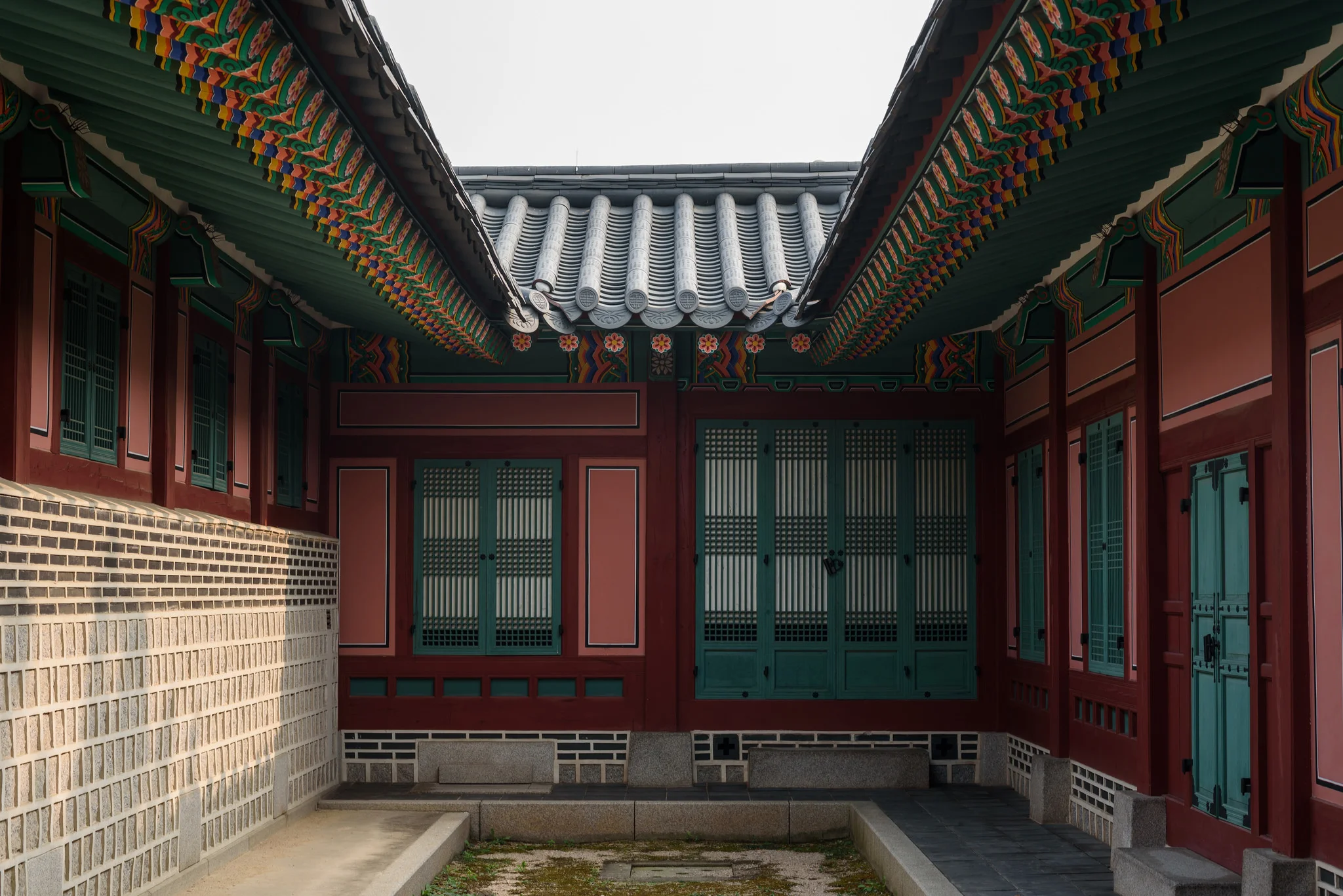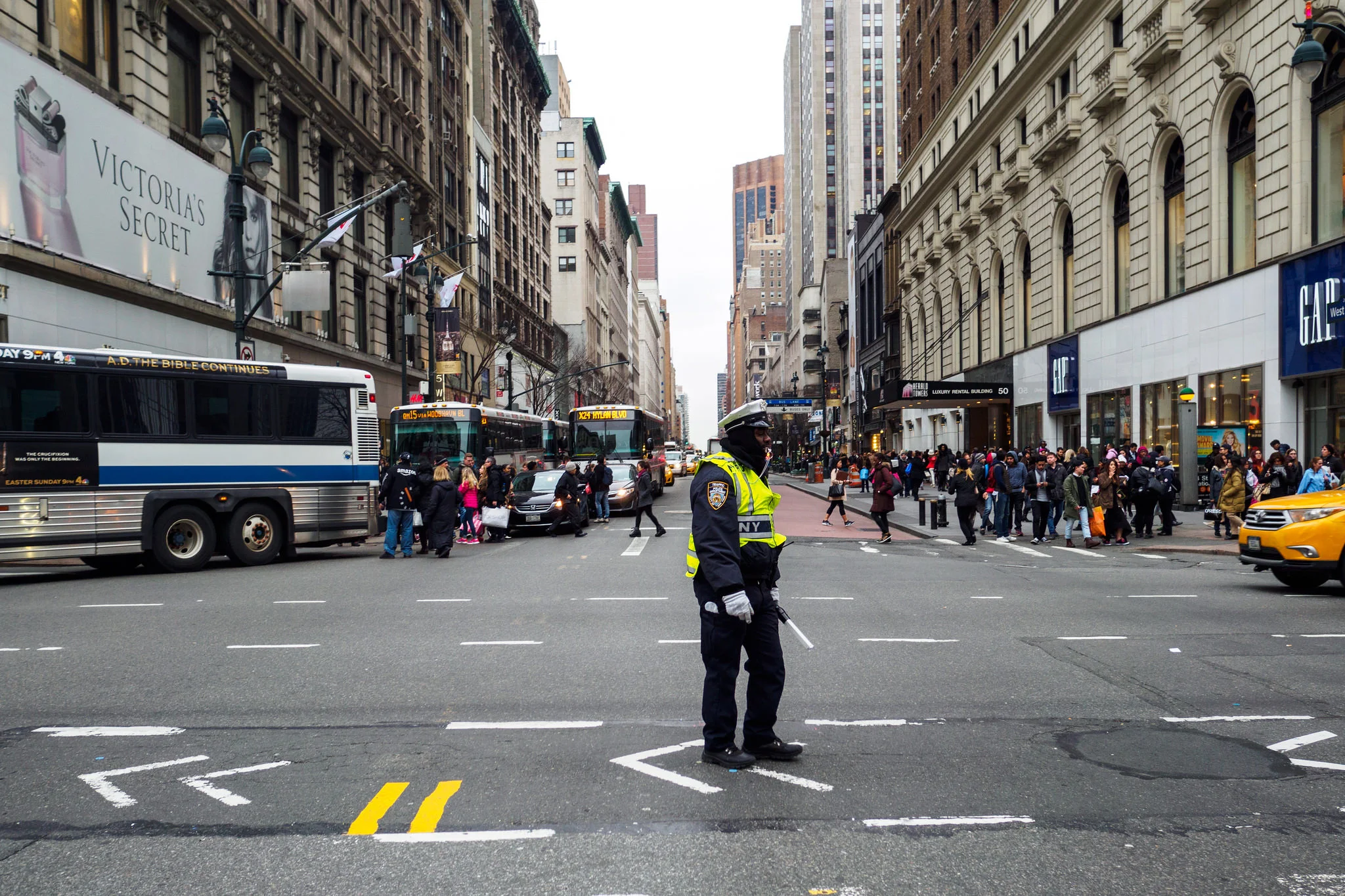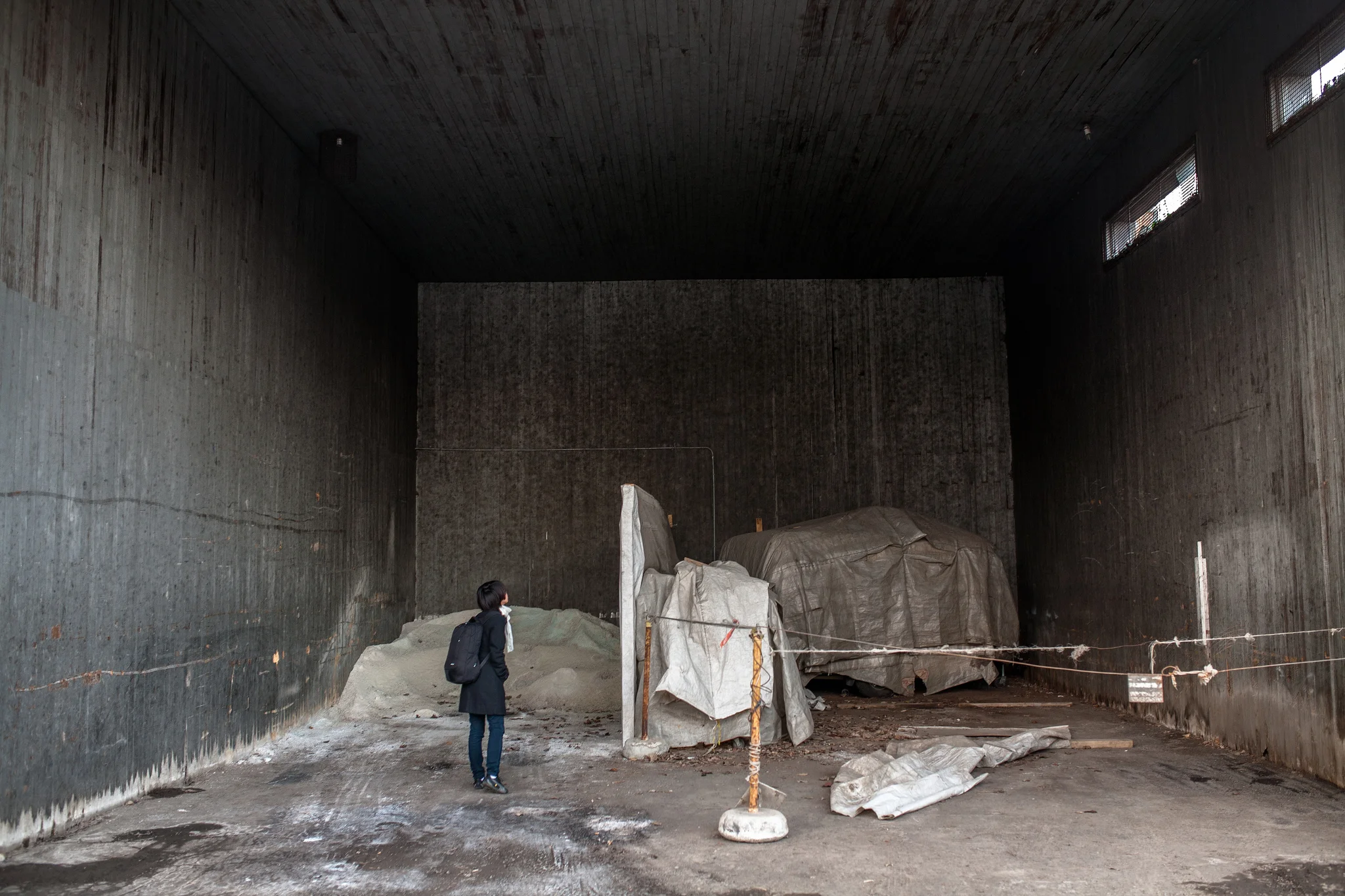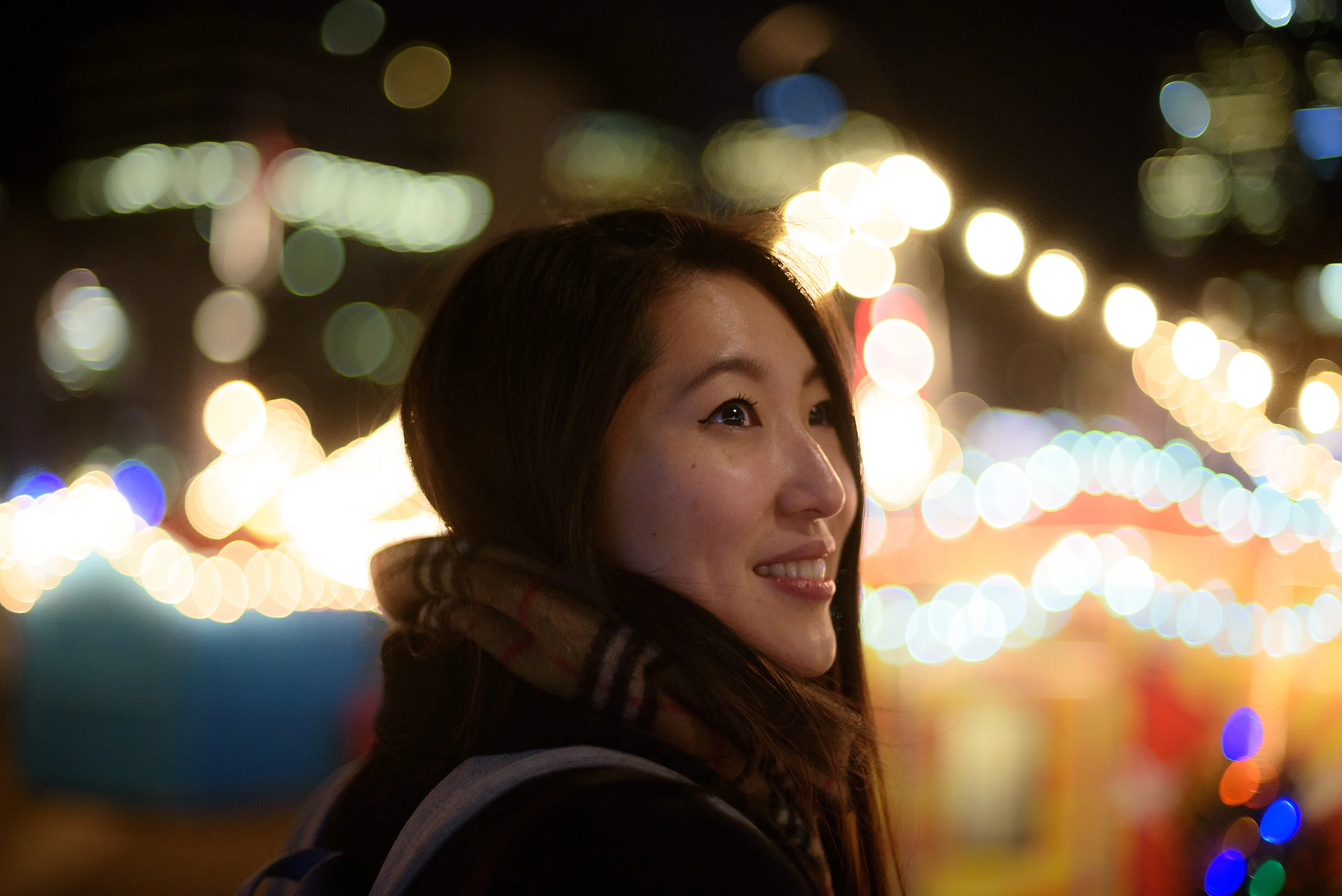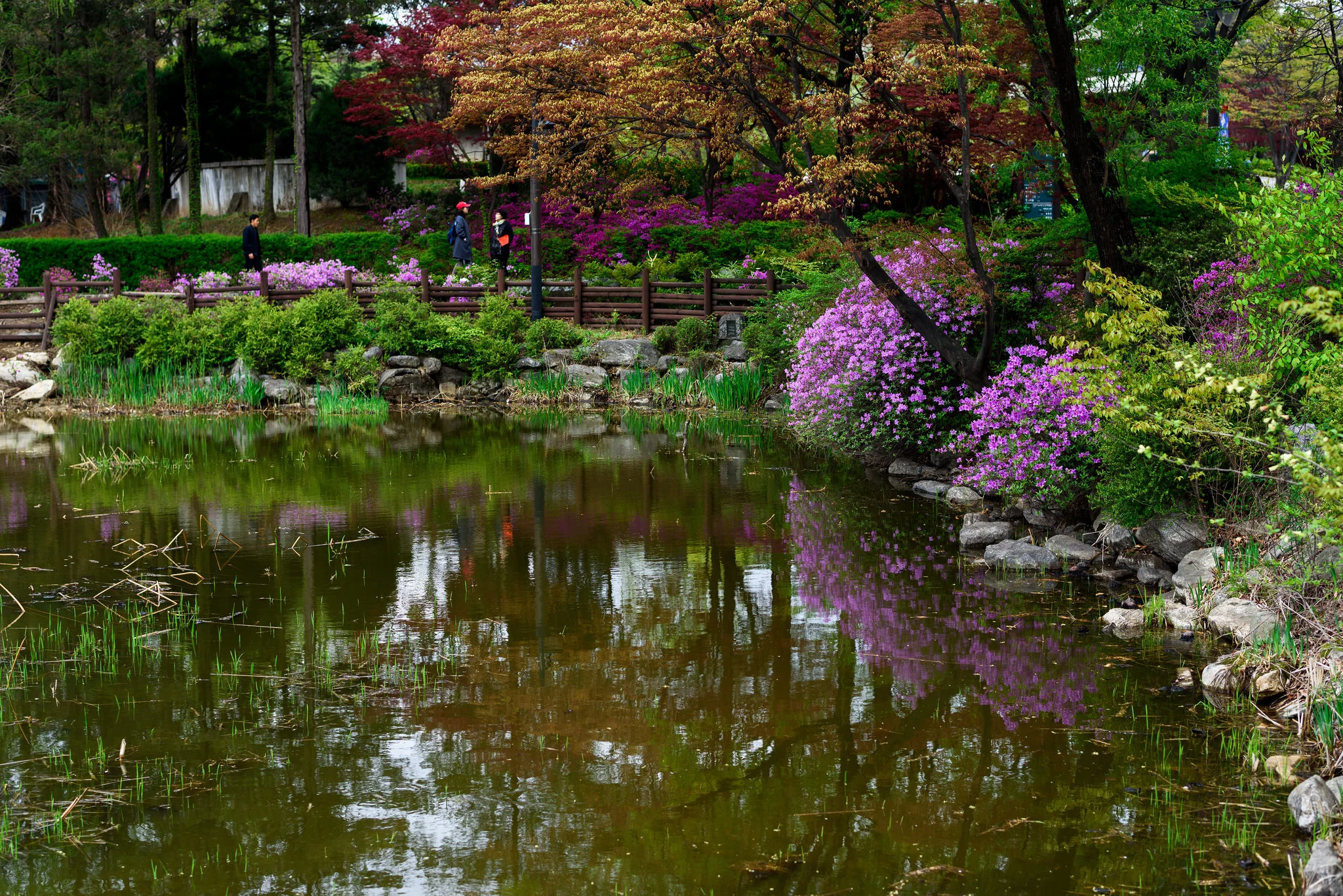Best and Worst of 2015
Lensporn. Truly
Some humor near the end of the year before I write up my huge recap. Here are some Best and Worst things I managed to stumble across this year. Without further ado, lets start!
Best camera of the year: Nikon D750 (close runner up: Ricoh GR)
I travel with this. If you can't, you suck.
I acquired the Nikon D750 last year and used the shit out of it this year. This camera answers my photography needs in so many levels that it secured itself in my head as perhaps the Best Camera of All Time for image creation or the ultimate cure to Gear Acquisition Syndrome on the Camera level. It has also made me learn and discover so much more about the art of image making than I would with anything else. The Ricoh GR was a breath of fresh air, discreet and life fitting but didn’t bring me anything jawdroppingly new as it is the spiritual successor to my late RX100 of last year.
Worst camera: None really
Mirrorless size and weight advantage? not so much no
Selling off my Olympus EM10 system doesn’t mean I’d rate it as being worst camera I ever used. It was a well performing point and shoot life documentation camera with modern-style interchangeable lenses that didn’t do THAT much more than a Sony RX100 would. I was going to give this title to the Fuji XT1 but now that Iridient Developer brought back faith in me, I can’t really drop Fuji as I did last year. The easy answer would be to give it to the A7 series which releases overpriced unfinished cameras with overpriced sub-par lifeless lenses but I just didn’t bother having a serious go at their A7r2 camera aside from trying it with vintage Minolta AF lenses and seeing how the AF point spread is even worse than a Canon 5Dmk1...
Best lens: Voigtlander 58mm 1.4 Nokton (close runner up tie Nikkor AF 35mm f2d and Voigtlander 40mm f2 Ultron)
I love this lens to death.
Best lens goes to a lens that has impressed me so much that it has become part of the lenses that almost go with me on a day to day basis. I started this year thinking that the Nikkor AF-S 58 1.4G would take the cake but seeing that it’s a terrible one trick pony for the absurd price I paid gave me more buyer’s remorse than anything else. I acquired so many new lenses this year I highly enjoyed using. The Nikkor AF 35mm f2d still represent the best autofocus 35mm lens I ever had the pleasure of experiencing aside from Canon’s 35mm f1.4L and the Voigtlander 40mm f2 gave me the manual focus alternative with even better images. But none had me still jumping up and down as much as the Voigtlander 58mm 1.4 Nokton did. The reward you get from mastering the use of that lens is tremendous: from the feel of the lens as much as its ability to be either bokehlicious or clinically sharp with maximum levels of 3d pop, color saturation and depth rendition makes you wonder how it can do so much with so little at a price that’s practically better than free.
Worst lens: Nikkor AF-S 35mm 1.8g ED (runner up Nikkor AF-S 58mm 1.4G)
Nikkor AF-S 35 1.8 thinks the Ardbeg Uigeadail in my glorious Glencairn glass is as flat as cardboard, then blurs the background cuz that's all it can do.
Year 2015 has been the year of the death of many G lenses for me. The first one to leave was the Nikkor AF-S 35mm 1.8G (or the 50 and 85mm 1.8G lenses to buy the 58mm…). Simply put, I couldn’t put up with its lifeless rendition and my 24-70mm at 35mm was producing better images than the 35mm 1.8G. There was something wrong with it and I didn’t know why (I later learned that ED elements in the lens would turn this into a lens that produces “scanner-flat” imagery). I applaud those who are able to claim that this lens is better than the one it’s replacing because there’s really nothing that it gets right (the worst bokeh I’ve ever seen out of 30 something lenses and terrible color saturation, micro-contrast and build) aside from being ultra-sharp. This lens also marks the beginning of a dark period in Nikkor lens making as all the lenses that came after this one produced even worst image quality. I gave the runner up to the Nikkor AF-S 58mm 1.4G as it was a lens overly hyped by a lot of photographers online (as nearly much as Sigma ART Lenses) yet the lens turns out to be a shitty one-trick pony equivalent to an extended listening of Gangnam Style. The lens only shows character at f1.4 but renders f1.8 and above worse than any lens I’ve used.
Best accessory: Godox AD360 light kit
The Godox is basically my eternal sunset. Natural light is for losers.
This year started as a quest to learn more about lighting, especially to find a way to overpower the noon sun for post-ceremonial wedding photography before the cocktail hours. Yes, it included the use of an ND filter at sync speed (NOT THAT MARKETING BULLSHIT CALLED HIGHSPEED SYNC). After listening to Zack Arias’ One Light v2 video and practicing around, I learned that my Nikon SB unit wouldn’t be strong enough to rival the sun. Finding the AD360 was a blessing that made me shoot flash with confidence: It’s a 300ws flash that’s incredibly portable and fast deploying with remote power output control. I’ve used it more than twenty times now and it has secured a place in my kit.
Best internet trend: The rise of Ken Wheeler, the Angry Photographer.
It came out of nowhere! Suddenly a loud crazy fat dude calling shit on most of the lenses I saved up to acquire and ending up to be completely right on the money when I started applying his words on my photography gear and practice. While he objectively gets it nearly 95% of the time (5% of personal subjective opinion) and a lot of patience is needed to weave through the abundant humorous noise of his youtube videos. While I’ve had the opportunity to extensively use more than 40 cameras and 50 something lenses in my lifetime for fun and curiosity, he probably had the most believable strongest theory and discourse about photography equipment than anybody else I’ve heard. What’s scary and amazing is that it checks out when actually applied on real world use.
Worst trend: The overpromotion of all the new gear and lenses by medias and “paid" professional photographers
An overpriced and overhyped cheaply made electronic devices that happens to also only use overpriced and overhyped cheaply made lenses used by people who are more words than images.
I think I’m starting to notice a huge promotional gear wave about self-proclaimed gear experts who are professional photographers in the industry. There is a huge difference between creating beautiful images (ideas, creativity, process, professionalism, workflow) and knowing about the right equipment (technical knowledge). Everybody is an expert online and it’s easier to form cults of admiration about something and intimidate those who don’t follow. The word review should indeed be replaced by "use notes” or something and talk about how the measured scientific numbers apply or not in real world usage. Anyhow, it’s even harder to get a good sense of something I consider buying without actually borrowing it and testing it out for myself. Heck, there should be a guide that helps and drive self-testing a piece of equipment.
Best belief: A skillful assembly of a low high quality pure glass element count in a lens influences saturation, micro-contrast and depth rendition
Taken with Voigtlander 58mm 1.4. I could almost put my hand on the image and hang from the roof!
I’ve written an article about it. I should be writing more about it, but using such lenses over the course of this year has made me rediscover genuine love for photography as well as improve my output. Transparency is more and more important in this era of sharpness’n'megapixels-crazed photography consumers as they will all soon spend thousands of dollars in equipment that renders life as flat as compressing an object on a flatbed scanner.
Worst belief: Prime lenses need to be sharp wide open without any image defects.
Leica 15 1.7 shot with the Olympus EM10 is a lens sharp wide open. It also happens to produce results as flat and un3d-like as if taken with a cellphone camera.
This will ruin the production of photography gear for many years to come. It is because of this attribute that most (not all) of the Nikkor AF-S lenses suck more than their AF-D ancestors. Most of the “soft wide open” lenses are reported by people that either don’t know the true influence of aperture on the light entering the lens or have a hard time producing photographs that are in-focus. This abundant release of consumer oriented lenses clearly banks more on their flagrant incompetence over using real good lenses and gives them training wheels to peddle towards a “sharp” image with background blur.
Overhyped: Sigma ART (Are Really Terrible) lenses. Pure sharpness and bokeh crap lenses with horrible af accuracy, colors, micro-contrast and an absurd weight.
A nicely taken shot with the Sigma ART 35mm 1.4 but the same image could have been shot with a zoom lens. We'd never know.
This is the result of the need for short-lasting unreliable consumer oriented products. Bought for their sharpness and promotion, sold soon after for various reasons on the used market, Sigma ART lenses are perhaps the most successful gear joke of 2015.
Underhyped: Nikkor Ai-S manual focus lenses
A gorgeous 3d-pop portrait with the Nikkor Ai-S 50mm 1.4. Old lenses can't go on new sensors? Only marketing says so.
Old old old old lenses still working like new while costing close to nothing and performing at a very high level if well used. Using them on a Nikon that supports non-cpu lenses is a breeze. Once you master the dSLR’s rangefinder module, the focus acquisition on those lenses is faster than using focus peaking on an EVF. Give them a good try and be surprised at their bang for buck.
Best surprise: Rediscovering the entire AF-D and Ai-S line of lenses (close runner up: Iridient Developer for Fuji X cameras)
That's almost all the lenses I own at the end of 2015. People who tell you they only need less than 3 zooms and 3 primes lenses are liars.
I honestly would have never gone back to AF-D and Ai-S if I kept believing that they couldn’t “resolve” the new high-mp sensors. Turns out they shine gracefully on a D750 and provide images that keeps me coming back for them. They are also “built-like-tanks” which makes them usable for many generations to come. The other runner up was Iridient Developer for Fuji X cameras as it really reveals the true nature of the entire system. It’s sad that people still deny the use of this Raw processor.
Worst surprise: Knowing the reason why my late Nikkor AF-S 58mm f1.4 couldn’t produce great images from f1.8 and above.
If I never told you I shot this with the 58G, you'd think it's been shot with a zoom lens.
Yeah ouch, Nikon tried to over-engineer the shit out of that lens. They even admitted in an article about infusing that lens with the strong one-trick-pony intention of locking its use at f1.4 to reveal its “3d hi-fi” lens with gentle continuous bokeh. Unless your specialty is the single use of that lens, you just can’t rely on such a tool to cover a wide range of images. A true great prime lens is a lens with multiple successful personalities and for 2000$ the 58mm can only do one well and the others at the lowest failure I’ve seen of a lens.
F1.4 F1.4 F1.4 F1.4 F1.4 F1.4 F1.4 F1.4 F1.4 F1.4, THE ONLY WAY TO SHOOT THE 58G. Yes you pay hard earned cash for one single thing. Sorry, but my wife is better ;)
Conclusion
What a change this year, jumping from consumer oriented photography products to the master stuff that once was and will still be. Less junk, more goodness. What were your best and worst gears this year?
